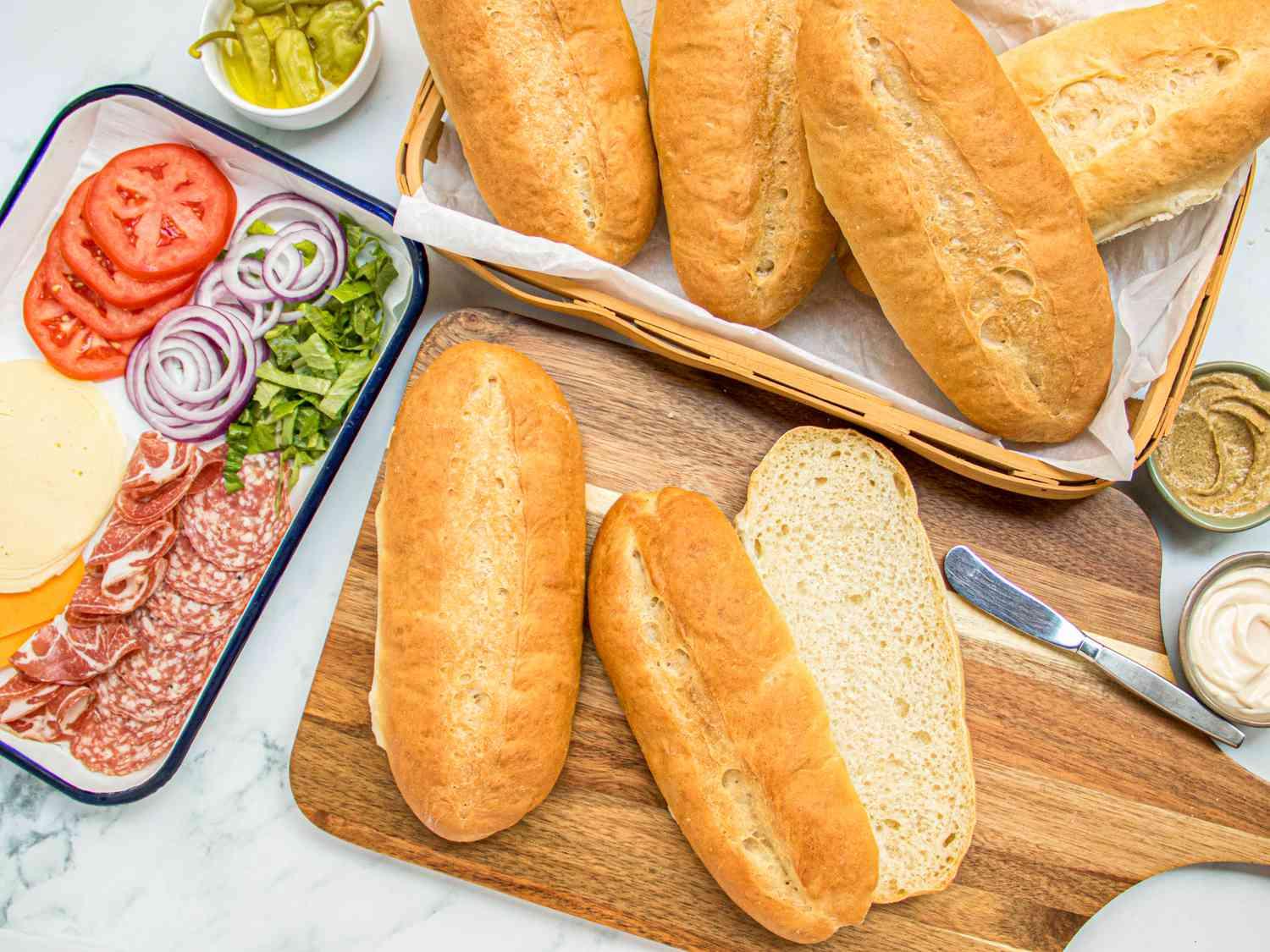Bread and roll market disruptions driven by supply shocks, changing diets, and global economic volatility

The bread and roll market has not been immune to the disruptions that have recently impacted the global food supply chain. From ingredient price volatility to shifting consumer behaviors and macroeconomic instability, various forces are reshaping how companies operate and compete within the bakery industry. These market disruptions are not short-term hurdles but represent structural shifts that require long-term strategic responses.
One of the most immediate disruptions is raw material cost inflation, particularly with key ingredients like wheat, flour, yeast, and edible oils. Global agricultural volatility caused by climate change, droughts, and geopolitical tensions—such as the Ukraine-Russia conflict—has led to unpredictable price swings in the grain markets. Since flour is the foundational input for bread and rolls, even small disruptions in the wheat supply chain can create significant ripple effects throughout the industry.
In parallel, supply chain instability has become a critical challenge. Disruptions in transportation, labor shortages, and energy price fluctuations have increased production costs and led to delivery delays, especially for perishable items like bread. Many bakeries, particularly those relying on just-in-time supply chains, have faced difficulties maintaining inventory levels and consistent product quality. These logistical issues are driving a shift toward more localized sourcing, vertical integration, and investment in supply chain resilience.
Consumer behavior disruptions have also taken hold, accelerated by the pandemic and post-pandemic market shifts. During lockdowns, home baking surged, changing how people consumed and perceived bread. Although commercial demand has since returned, the consumer’s relationship with bread has evolved—focusing more on quality, shelf life, and health benefits. This has disrupted traditional mass-production bakery models that focused on volume rather than value.
There’s also a notable disruption from the rise of alternative diets and lifestyle-based food choices. As plant-based, low-carb, keto, and gluten-free diets gain popularity, traditional bread consumption is declining among certain demographic groups. Consumers seeking reduced-carb or grain-free options are shifting demand toward products made with almond flour, coconut flour, cauliflower, or legumes. This fragmentation of consumer preference forces bakeries to re-evaluate product portfolios, invest in innovation, and navigate complex production adjustments.
Technological disruption is another major force. While automation and AI bring long-term benefits, many small to mid-sized bakeries struggle to integrate these technologies due to high initial investment and limited technical expertise. This creates a divide between large-scale producers that can adapt quickly and smaller businesses that risk falling behind. The growing adoption of smart ovens, temperature control systems, and AI-based demand forecasting is reshaping the competitive dynamics in the market.
Retail disruption is also shifting the landscape. The traditional dominance of supermarket shelves is being challenged by the rapid growth of online delivery platforms, direct-to-consumer models, and hybrid shopping experiences. Subscription-based bread delivery services, local app-based ordering, and in-store micro-bakeries are changing how consumers access bread. This has created both opportunity and disruption, requiring companies to rethink logistics, packaging, and customer engagement strategies.
Packaging shortages and rising sustainability expectations are also disrupting operations. As consumers demand eco-friendly, plastic-free, or compostable packaging, producers are struggling to secure cost-effective alternatives that meet both environmental standards and food safety regulations. This has disrupted packaging timelines and increased overall production complexity.
In the restaurant and foodservice sector, demand volatility continues to be a disruptive force. Shifting reopening schedules, inflation-driven menu pricing, and reduced foot traffic in commercial dining have directly impacted wholesale bread suppliers. Many suppliers have had to pivot from foodservice-heavy models to retail-focused strategies, requiring a complete overhaul of production planning and distribution.
Finally, regulatory disruptions—including changing labeling laws, food safety standards, and health claims regulations—have added complexity to market entry and compliance. As governments tighten standards around sugar, sodium, and nutritional labeling, especially in processed foods, bread manufacturers must adjust recipes, repackage products, and ensure documentation aligns with regulatory requirements in every target market.
- Art
- Causes
- Crafts
- Dance
- Drinks
- Film
- Fitness
- Food
- Jogos
- Gardening
- Health
- Início
- Literature
- Music
- Networking
- Outro
- Party
- Religion
- Shopping
- Sports
- Theater
- Wellness


